Project
DESIGN FOR SAFETY
A first year Industrial Design Engineering project at the TU Delft
Project Keyper
In this project me and my 3 other team members worked on designing a product which would solve key-related problems, like losing them and them damaging your pockets. In 10 weeks we created sketches, function prototypes, product visualizations and blender models. The final product being a smart private key-wallet, which could only be opened with the owner’s fingerprint.

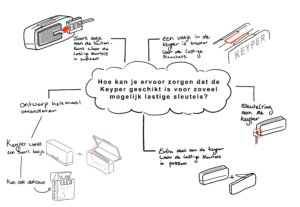
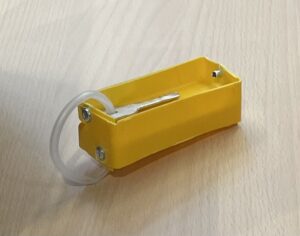
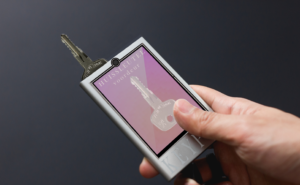
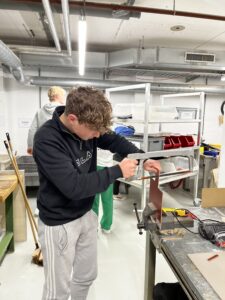
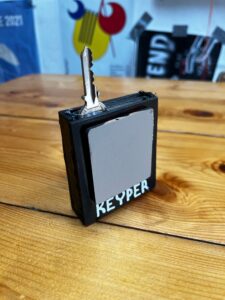
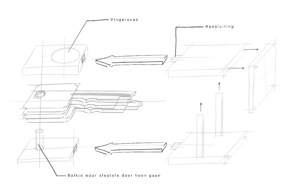
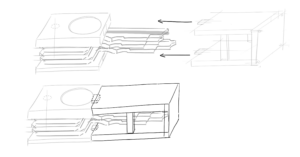
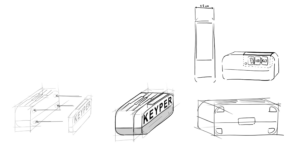
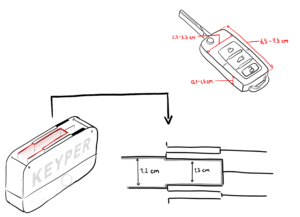
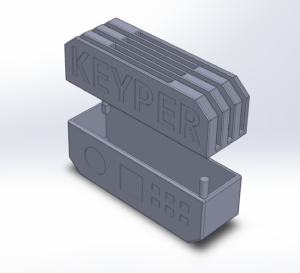
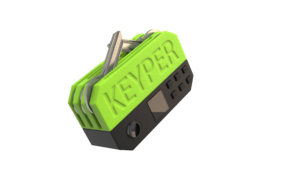
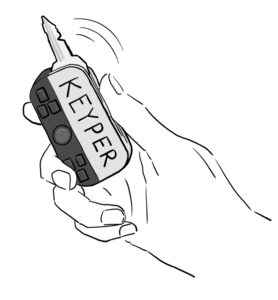
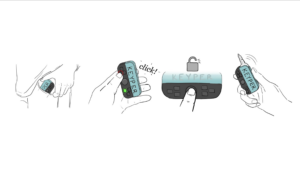
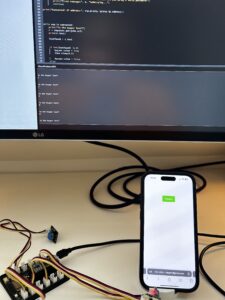
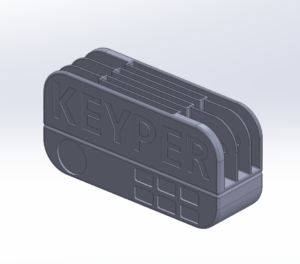
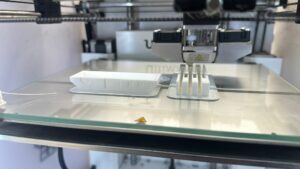
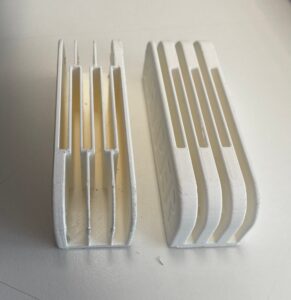
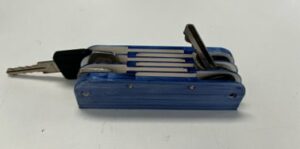
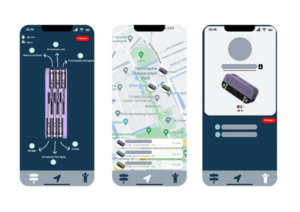
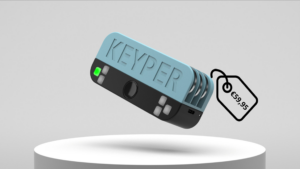
A few shots showing the process of this project from start to end
The process
Reflecting on the process, I found that moving from ideas to sketches to actual models worked incredibly well for this project. What started as a simple concept for a key wallet soon evolved into a full, iterative journey, from discussions about materials or user needs to visiting a key specialist to gather valuable insights.
For me, the process always begins with quickly sketching out the idea in my mind. I add explanatory notes next to key elements, helping me visualize the concept and communicate it more clearly. This stage allows me to explore and compare various ideas, creating a foundation for further development. From there, I refine the best concepts, merging elements into one unified design.
The final phase of ideation for me is translating these ideas into a final visual model. This step brings the product to life in a way that sketches alone can’t, helping to visualize how the design will look and function in the real world. It’s in these moments of seeing the concept take shape that I can evaluate its potential and refine it even further

Prototyping
Prototyping was an important factor in this project, as we were tasked to constantly interview people and gather feedback on the current state of our product. I learned making models and transferring them to 3D prints aswell as techniques to make the quickest useable prototypes to use during ideation.
Presentation
A big factor in how your product is perceived is how you display it to the world. I expanded my knowledge about presenting and quality presentation making during this project, which is a skill I will be bringing with me for the rest of my design career. From grabbing the crowds attention to perfecting the way a presentation slide looks with as
The use of coding
Using an Arduino allowed us to create prototypes with responsive feedback, bringing a new level of interactivity to our designs. This made our prototypes feel much more dynamic and tangible, helping us test and refine our ideas more effectively. We wrote code in Python and incorporated various feedback mechanisms, such as lights, sensors, and servos, to breathe life into our prototypes. These elements not only made the prototypes functional but also gave us a better understanding of how the final product would engage with users in real-life scenarios.